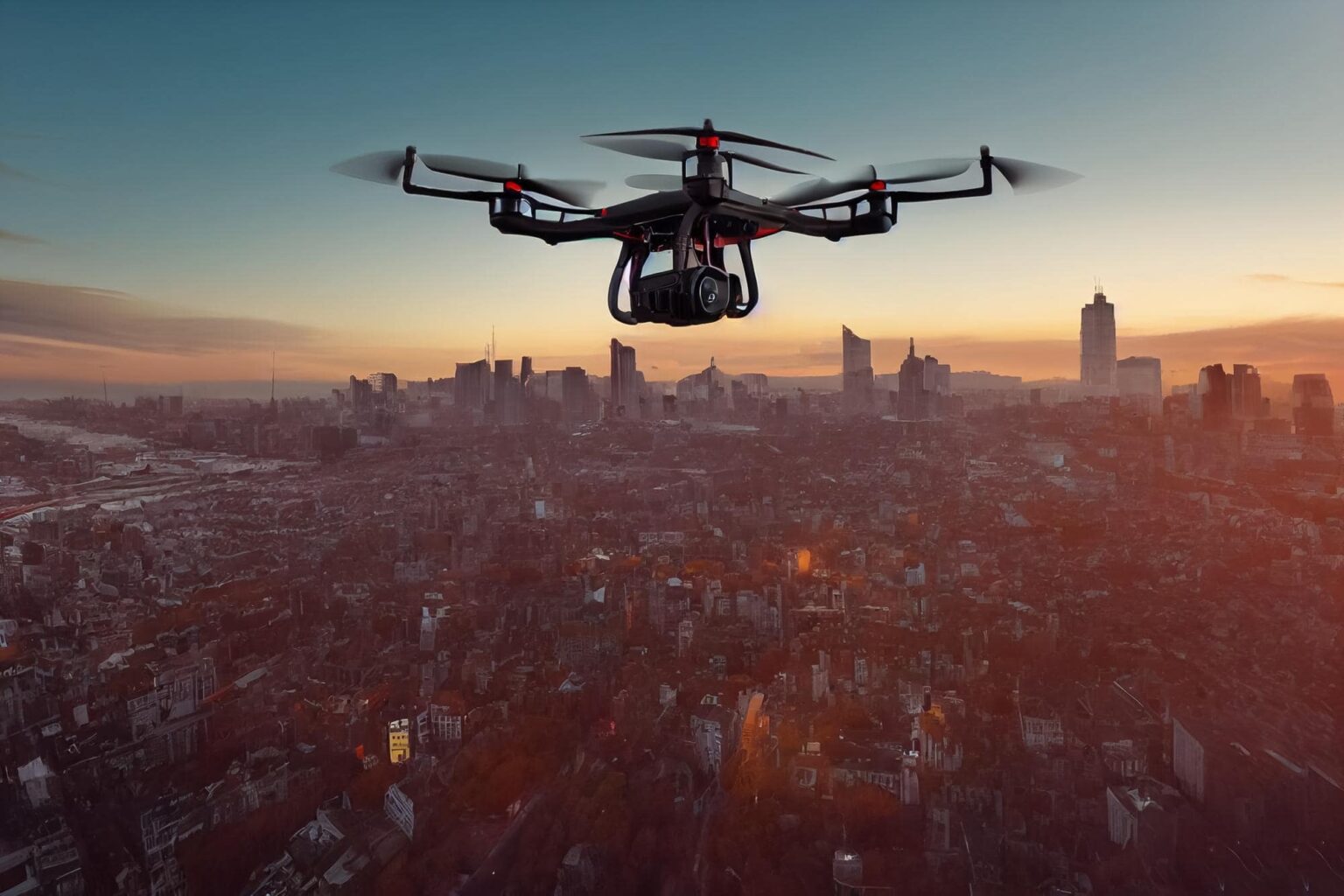Urban Air Mobility (UAM) refers to the use of drones or other aerial vehicles for personal transportation within urban areas. It envisions a future where people can travel efficiently and rapidly through the air, bypassing traffic congestion on the ground. UAM holds the potential to transform the way we commute and navigate cities, offering several benefits and challenges.
Benefits of Urban Air Mobility:
-
Reduced congestion: By utilizing the airspace, UAM can alleviate traffic congestion on the ground, particularly in densely populated urban areas. This can lead to faster and more efficient transportation, saving time for commuters.
- Time and cost savings: UAM can significantly reduce travel times, as drones can fly in a straight line without being restricted to roads. This can be especially beneficial for longer distances or commuting between areas with limited transportation infrastructure. Additionally, UAM has the potential to be cost-effective compared to traditional transportation modes, offering affordable alternatives for certain routes.
-
Environmental sustainability: Electric-powered UAM vehicles produce fewer emissions compared to internal combustion engine vehicles, contributing to reduced air pollution and greenhouse gas emissions. As the technology evolves, the use of renewable energy sources can further enhance the sustainability of UAM systems.
-
Connectivity and accessibility: UAM has the potential to improve accessibility, connecting areas with limited transportation options and enhancing mobility for individuals with disabilities or in remote locations. It can bridge gaps in existing transportation networks and provide transportation solutions in areas with challenging terrain or limited road infrastructure.
Challenges of Urban Air Mobility:
-
Infrastructure and airspace management: UAM requires the development of a robust infrastructure, including takeoff and landing zones, charging stations, and a reliable air traffic management system to ensure safe and efficient operations. Integrating UAM into existing airspace and coordinating with other aerial vehicles will be a complex challenge.
-
Safety and regulatory concerns: Ensuring the safety of UAM operations is paramount. Regulations and standards need to be developed and implemented to address airspace congestion, collision avoidance, and noise pollution. Additionally, public acceptance and trust in the safety and reliability of UAM will be crucial for its successful adoption.
-
Noise pollution: The noise generated by UAM vehicles can be a concern, particularly in densely populated urban areas. Manufacturers and regulators will need to focus on developing quieter technologies and implementing noise mitigation strategies to minimize disturbances to communities.
-
Public acceptance and integration: Introducing UAM into urban environments will require public acceptance and integration with existing transportation systems. Community engagement, addressing privacy concerns, and demonstrating the societal benefits of UAM will be essential for its successful implementation.
While UAM is still in the early stages of development, significant progress is being made by industry players and regulatory bodies. Various companies and startups are actively working on developing UAM vehicles and infrastructure. However, several technical, regulatory, and societal challenges need to be addressed to realize the full potential of UAM and ensure its safe and sustainable integration into urban transportation systems.



